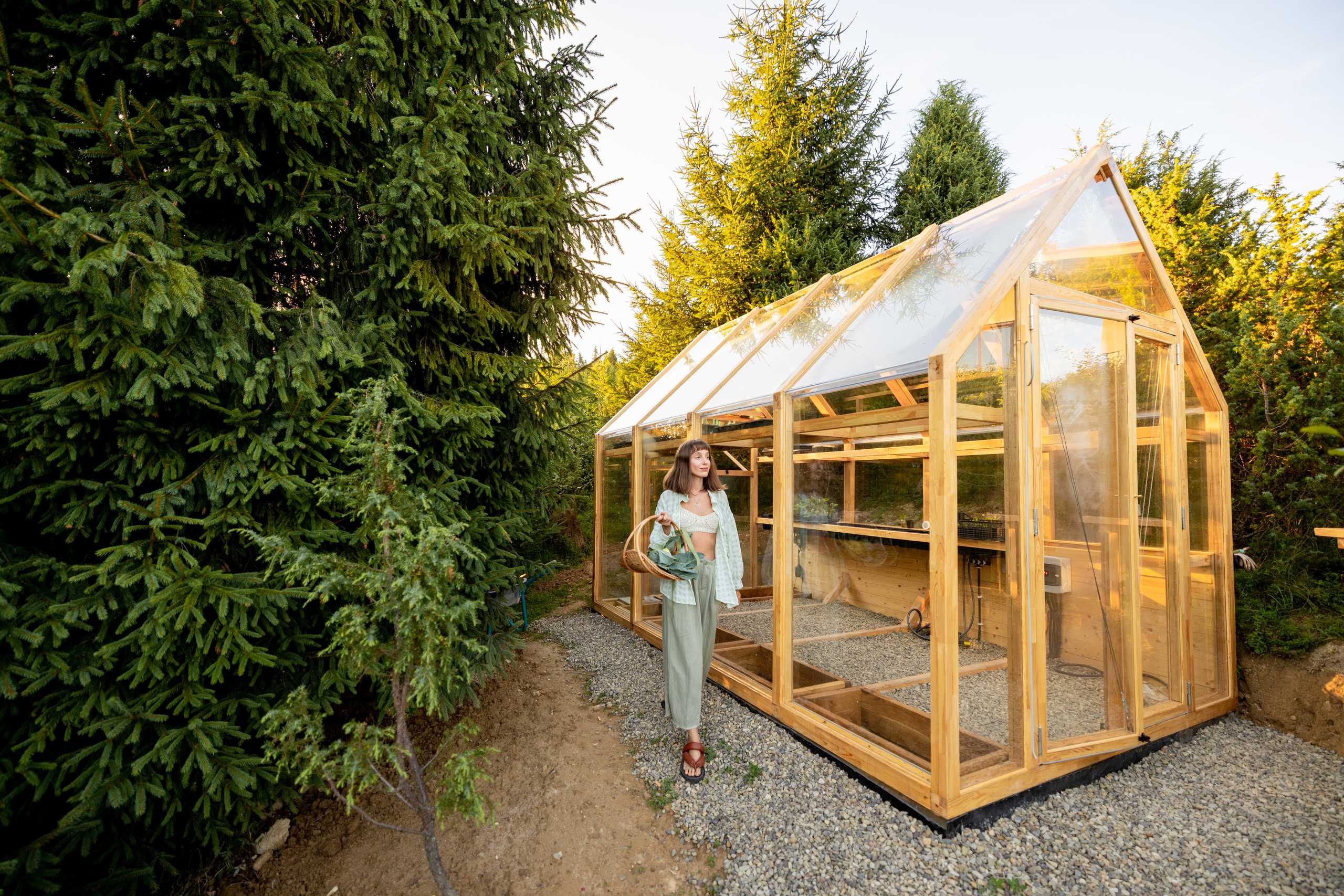Matching Plants to Conditions
Selecting the right plants is essential for greenhouse success. Not every plant thrives in controlled environments, so understanding their specific requirements is crucial. Begin by evaluating light, temperature, and humidity preferences for each species.
- Tropical Plants: Orchids, ferns, and banana plants flourish in warm, humid greenhouses.
- Vegetables: Tomatoes, peppers, and leafy greens benefit from moderate heat and plenty of sunlight.
- Herbs: Basil, mint, and rosemary thrive in ventilated areas with consistent watering.
- Flowers: Annuals and perennials can be rotated seasonally to maintain color and variety.
Companion Planting in Greenhouses
Combining certain plants enhances growth, reduces pests, and improves soil health. For instance, planting marigolds near tomatoes can deter harmful insects, while basil near peppers can boost flavor and resilience.
Soil and Fertilization Tips
High-quality soil and proper nutrition make a significant difference. Use well-draining soil mixed with compost or organic matter. Regularly test nutrient levels and adjust fertilization schedules according to plant needs.
Maximizing Vertical Space
Greenhouses allow creative planting methods. Utilize vertical racks, hanging baskets, and tiered shelving to grow more plants in limited areas. This not only increases yield but also enhances airflow and light exposure.
Seasonal Rotation for Continuous Harvest
Plan for year-round production by rotating crops according to season and light availability. Warm-season plants can be replaced with cool-season crops to maintain productivity and avoid empty spaces.
By carefully selecting and arranging plants, greenhouse owners can enjoy diverse, healthy, and productive growth throughout the year, turning their greenhouse into a vibrant oasis.

